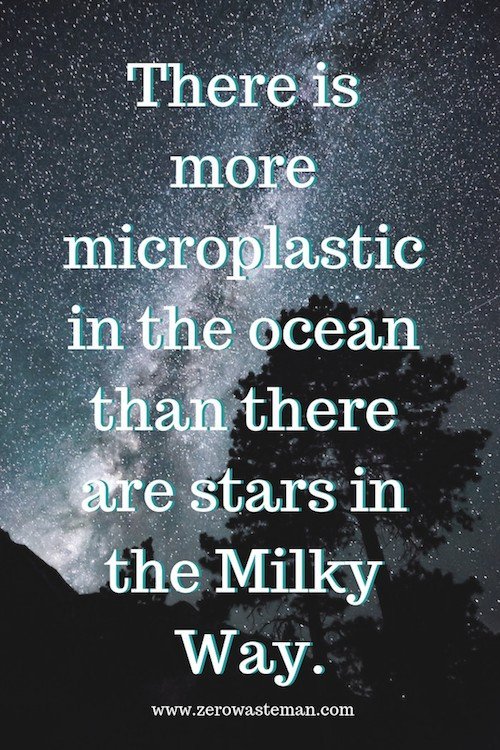Wouldn’t that be nice?
If we could just continue our throwaway society? While at the same time, a plastic-eating enzyme rids us of the plastic pollution problem?
We are using 2 million plastic bags every minute, and 500 million plastic straws are used every day in America alone.
According to the Guardian, we found that 1 million plastic bottles are bought around the world every minute. Sadly this number is set to increase by another 20% by 2021 if we don’t act.
Now that the bad news is out of the way. Let’s refocus on something that could potentially be a game-changer.

Can the plastic-eating enzyme solve the problem for us?
In 2016 on a waste dump in Japan, researchers found an enzyme that was able to digest plastic.
At the time, it was all exciting news and perhaps a solution to the plastic pollution problem.
Scientists at the University of Portsmouth in the U.K. and the U.S. Department of Energy’s National Renewable Energy Laboratory have made a new breakthrough. While studying the structure of an enzyme found in that bacteria, the researchers accidentally created a “mutant enzyme” that can break down plastic within a few days. – smithsonianmag.com
But is it going to be able to eat away all that waste that we have created over the last 50 years?
The bacteria took longer to eat away highly crystallized PET, which is used in plastic bottles. That means the enzymes and processes would need refinement before they could be useful for industrial recycling or pollution clean-up. In short, we still need to stop producing virgin plastic and change the way we consume; otherwise, we are going to drown in this…
Since plastic was invented in 1907 and commercially produced in the ’50s, we have created 8.3 billion tons of this stuff. We need a lot of enzymes eating away on this massive number of plastic items.
Which types of plastic can the enzyme eat?
PET or Polyethylene terephthalate. The kind of plastic commonly used for our drinking bottles.
PEF or Polyethylene furandicarboxylate which is being used to replace beer bottles. Although it is a bioplastic, that doesn’t mean it will biodegrade. It will still end up in a landfill.
Mother nature is fighting back
Mother nature is just incredible. It recognizes a problem and starts developing a solution. In this case, a plastic-eating enzyme.

Although this is not the answer to our ever-growing plastic problem. However, it is a step in the right direction. Scientists are working hard to find a way to use the enzyme in recycling plastic bottles back into the main components.
Some environmentalists and scientists say the breakthrough, though promising, is nowhere near enough to solve our pollution crisis. –HuffingtonPost
But let’s not give up hope, hey?
Conclusion
Developing a technique to produce the enzyme cost-effective will be one key hurdle; another will be to harness its power on an industrial scale. What are your thoughts on the subject?
I would love to hear from you. You can send me an email at hendrik@zerowasteman.com or write your comment below.
Thanks and good day to you

https://waterfallmagazine.com
You’ve made some really good points there. I looked on the
internet for more info about the issue and found most people
will go along with your views on this site.
Thanks for your comment.